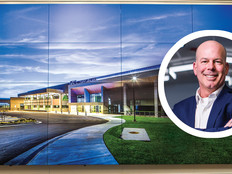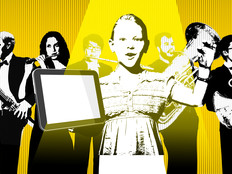Yes, innovation can occur in classrooms without technology. However, technology in education should no longer be a curiosity, or optional. While the pandemic was undeniably painful, it served as a catalyst for many schools to reduce digital inequity and help students acquire 21st century skills by kicking off or ramping up one-to-one device programs.
I believe that educators across the board should see technology as essential for today’s modern classroom. In the same way that teachers walk into a classroom and expect to see desks, tables, chairs, paper and pencils, I believe they should also expect to see tablets or laptops on every desk. When technology becomes standard, it leads the way for digital innovation.
Model Ed Tech Uses for Smoother Integration
As teachers, our key words are “facilitation” and “agency.” One-to-one programs support these efforts. We must support our students’ critical thinking and autonomy by giving them full access to resources and tools that will allow them to take a greater role in their education.
Digitizing lessons and getting them into a learning management system is a first step to embracing a culture of innovation. However, we must also take the next step to master more educational technology so our students can become proficient in using these tools.
READ MORE: ASCD's virtual learning community supports professional development for educators.
You don’t have to be perfect at using every piece of ed tech before you share it with your students. In fact, the more you model these tools for your students, the easier it will be for you to integrate them into lessons.
This was how I first got excited about using technology in my classroom. It was probably about 10 years ago, when one of my second grade students brought a tablet to class. I soon learned how to use the device and then had students complete a few assignments on the tablet.
Build Educators' Confidence Through Professional Development
In Houghton Mifflin Harcourt’s 7th Annual Educator Confidence Report, 66 percent of teachers reported being very or extremely confident in their ability to use ed tech. That confidence serves as another building block for innovation in education. During the pandemic, I watched excitedly as one of my teachers took a traditional math project and turned it into a digital project.










